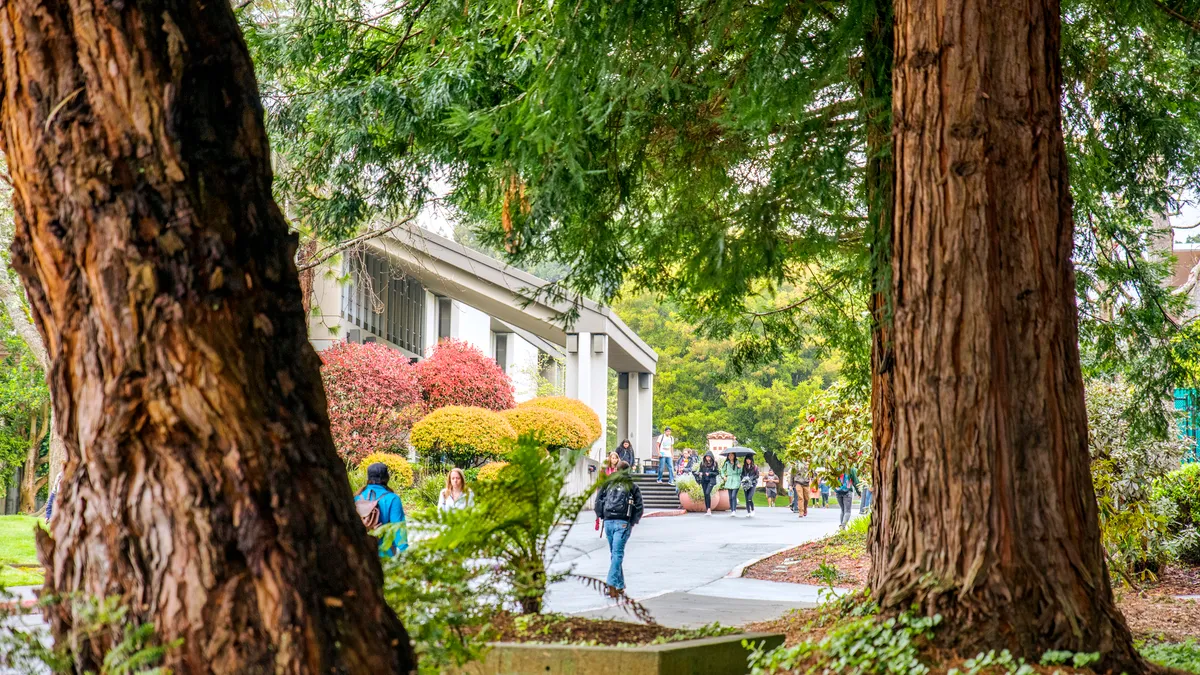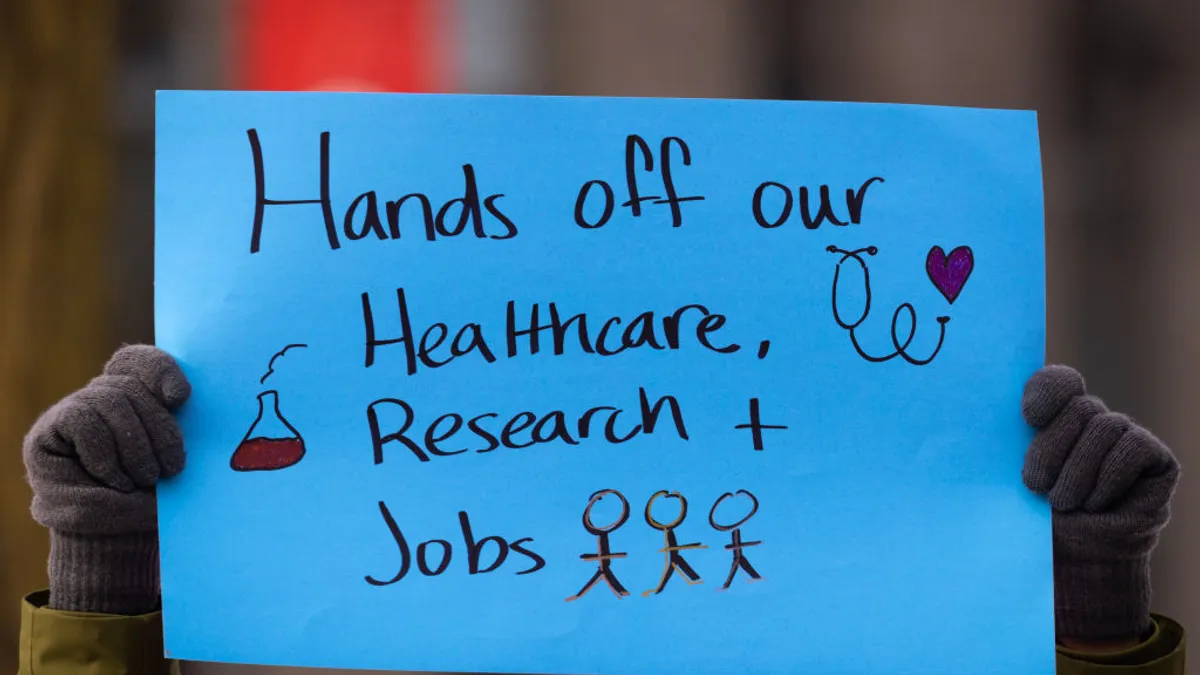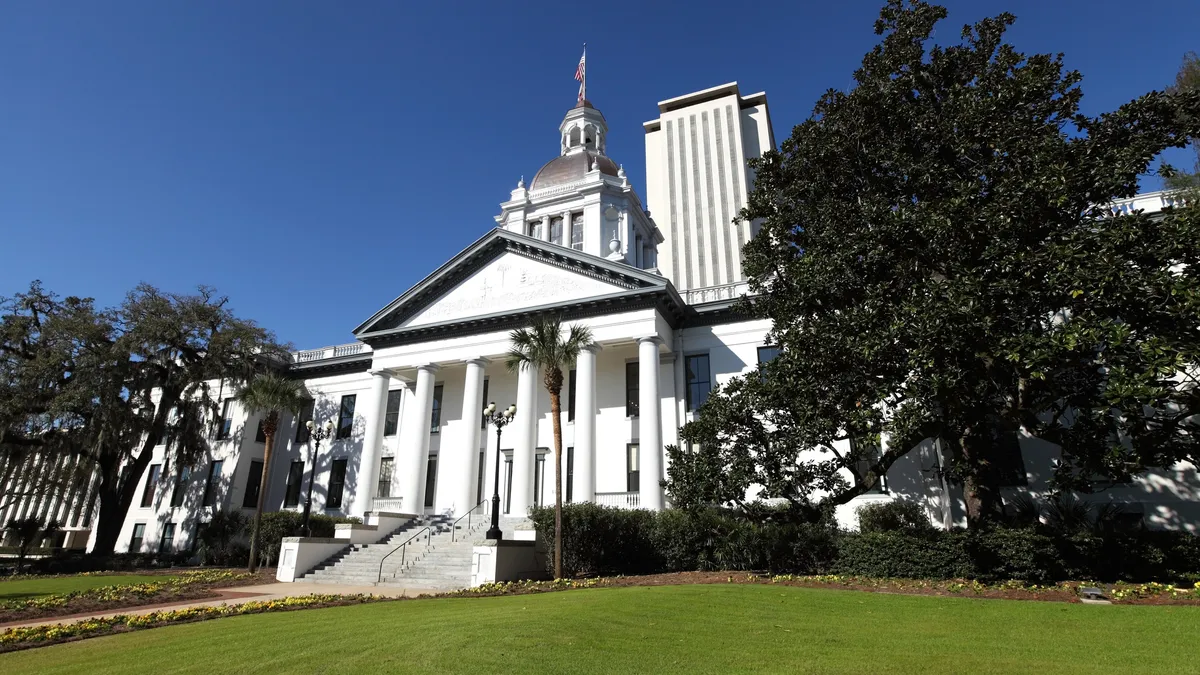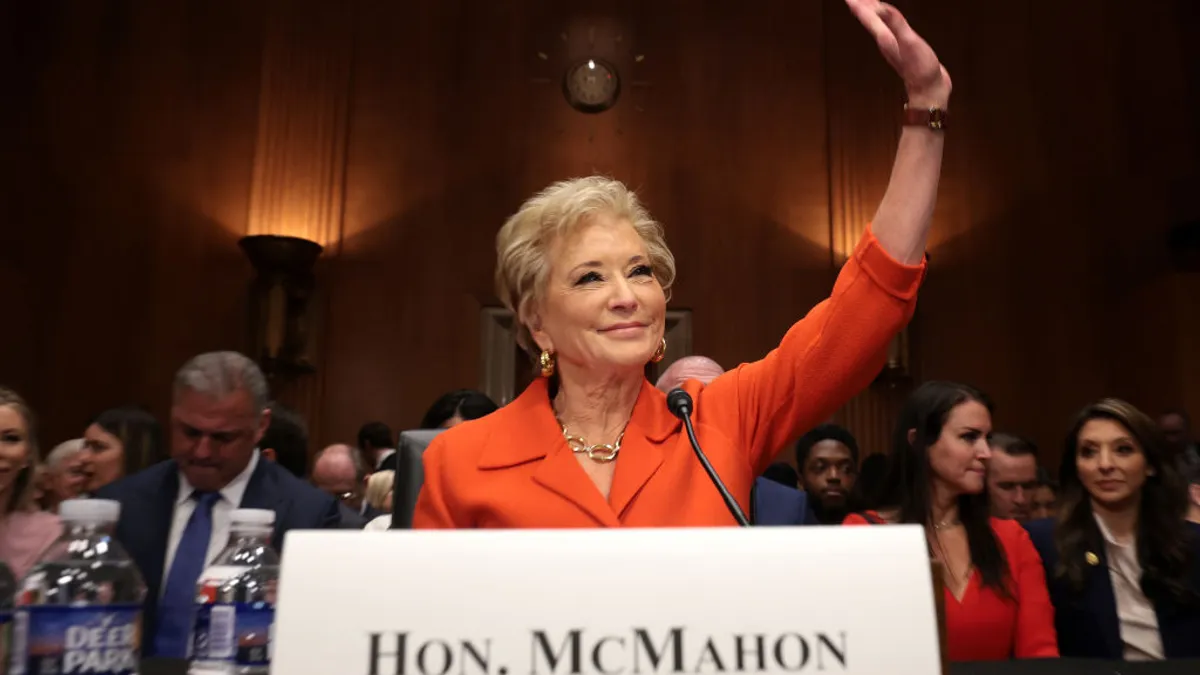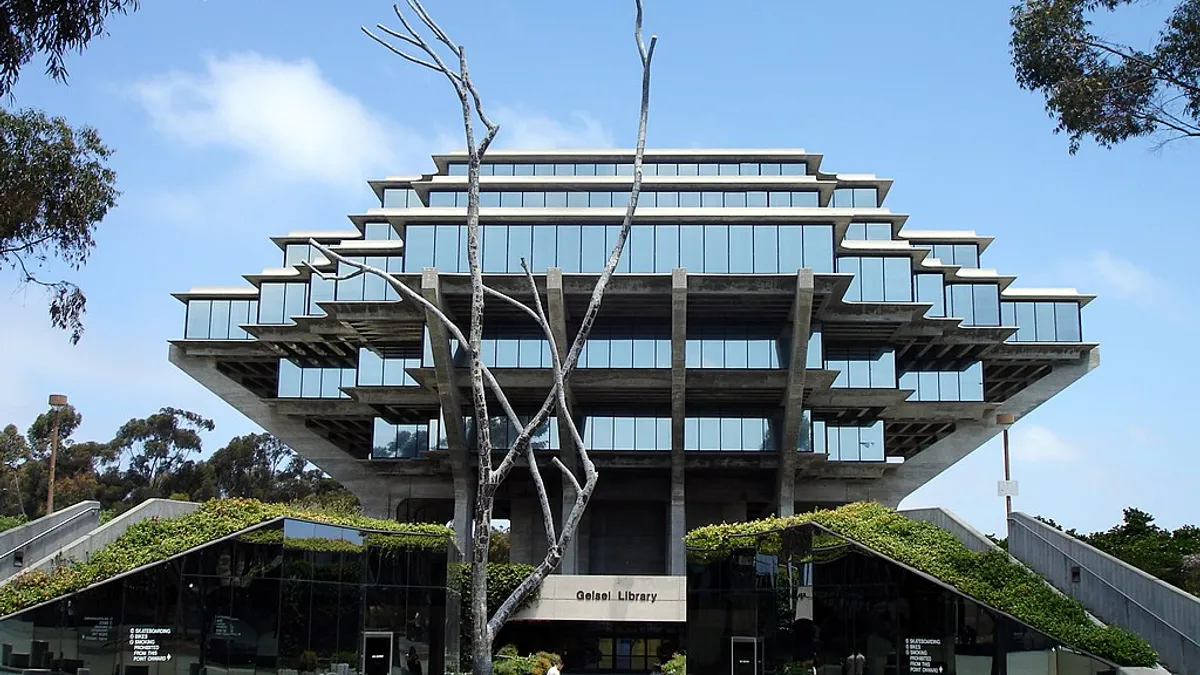Tom Jackson Jr. is president of California State Polytechnic University, Humboldt.
It's become almost a cliche to say that we live in an era of budget reductions and rising tuition in public higher education.
But as it turns out, we're actually starting to see projected increases in funding for public colleges in several states. And California is leading the way. Budgets for our public two-year colleges and four-year universities have seen consistent growth, even as the state has largely held the line on tuition for the past decade.
At Cal Poly Humboldt, we’re fortunate to be perhaps the most striking symbol of the state’s commitment to invest. This year's state budget included $458 million to support a vision we started working toward in November of 2020: officially changing our designation and creating a 21st-century polytechnic institution.
Being a polytechnic university means having an academic focus on STEM fields while retaining a strong liberal arts foundation. As part of this transformation, we are moving quickly to create 12 new programs over the next year — with more to come over the next nine years — in engineering, technology, healthcare and agriculture. These programs will align with what we are best known for: a hands-on teaching approach and a deep commitment to sustainability and equity.
The transformation also calls for doubling our enrollment within seven years and building or upgrading facilities to meet our students' needs, including new residence halls and science lab renovations.
The nearly half-billion dollars in funding is creating change at the pace California needs. The state has workforce gaps in fields like engineering, technology and healthcare, as well as increasing demand for degree programs in these areas. In fact, California has interest from students in polytech fields that it cannot meet; in 2020, thousands of students were turned away due to capacity limitations in majors like software engineering and mechanical engineering.
Moreover, we are well-poised to make inroads across different populations. We are a regional comprehensive university, a category to which hundreds of other public institutions belong. These institutions provide broad college access, educating roughly two-thirds of all undergraduate students at public four-year colleges and universities across the country. In addition, comprehensive universities offer in-demand programming and professional and leadership training for our state's employees. We are also a Hispanic-serving institution, and we know our "science with a soul" approach resonates with women and diverse student populations.
With this investment in public higher education, California is doubling down on the approach that helped it grow into the 5th largest economy in the world. It is creating opportunities for students and for local regions and communities, as well as the needed workforce of tomorrow. It enables us to educate more graduates ready to do things like build renewable energy systems, address the growing threat of wildfires and help meet the challenges of climate change.
Unfortunately, this perspective of a longer-term investment is often lost. But to truly serve our students and local communities, some time and focus must be spent on exploring how higher education can reinvent itself.
It was community interest, alumni support, and strong support from CSU leadership and state leadership that led to our transformation. It started with a self-study, which we conducted over the course of the fall 2020 semester and into January 2021. The study included the work of seven comprehensive working groups composed of students, faculty, staff and community partners, as well as an extensive list of campus volunteers who responded to an open call to participate in the process.
The groups were tasked with analyzing our current strengths and new opportunities for growth in several key areas, including academic programming, external partnerships and enrollment. Through a combination of approaches including data and report collection, surveys, focus groups, feedback forms and open forums, the work culminated in the development of a prospectus for the CSU system leadership that detailed plans for transforming into a polytechnic. Critical to this process was close collaboration with the other two Cal Polys, as well as the launch of a campuswide initiative to ease the transition for the university community.
A previous, pivotal time in California's history led to the reinvention of higher education and set the stage for the future of postsecondary education and the nation. In 1960, based on unprecedented demand for a California public collegiate experience, the California Master Plan for Higher Education created a system for postsecondary education that included the University of California and the newly launched California State University and California Community College systems. The plan offered broad access and was incredibly affordable for students. This successful model has been praised, and portions have been replicated, across the country.
The reinvention of higher education and who it serves is cyclical, but the effort is well spent. The re-energization of our campus allows us to demonstrate how public higher education, with public support, can quickly scale to meet what the state government has asked of us and needs. At Cal Poly Humboldt, the return on the investment will impact generations to come.


